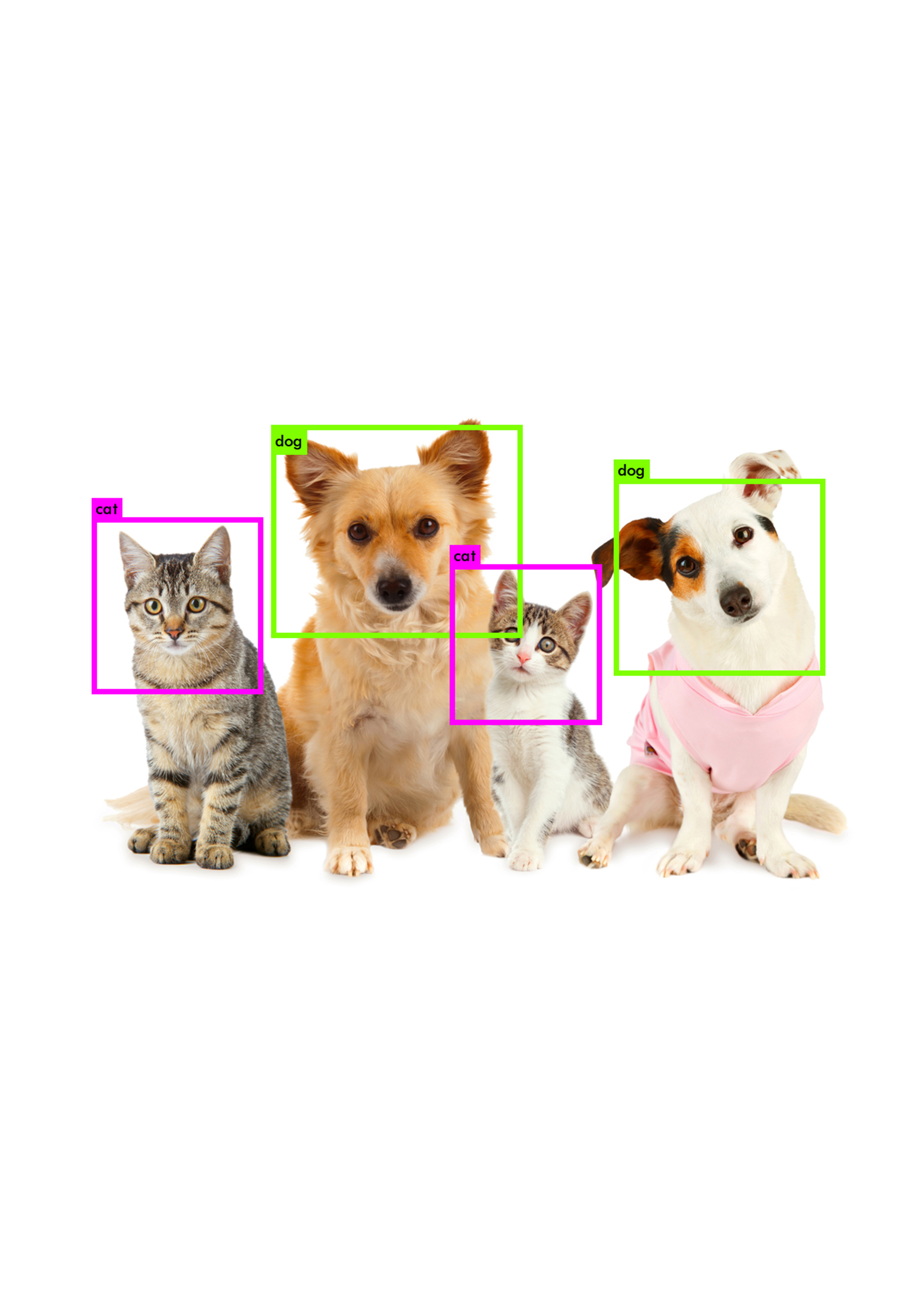The use of machine learning models to understand visual data has been applied extensively to a wide range of fields. Among other areas, machine learning models are being used by radiologists to facilitate cancer detection, by corporations to verify identities, and also in the restoration of distorted images.
Implementing a machine learning algorithm for image recognition requires extensive testing, which includes human evaluation and fine-tuning. Both activities require substantial time input. Moreover, since the human evaluation aspect of this process is usually technical, it cannot be outsourced to non-technical third-party individuals to speed up the evaluation process, or to diversify the participating evaluators.
This study seeks to address how a web-based test bed could be used to test machine learning and image-understanding models, thereby reducing the intensity of work involved in testing such models. This could also simplify the process by which humans evaluate generated results.
The test bed consisted of three main components, the first of which was a backend-end module, which contains an image processor that hosts the machine learning model. The image processing element was designed to be extendable to include more machine learning models and perform a larger variety of tasks.
The second component was an intuitive web interface, which would enable users to upload images to be processed by the machine learning model. The interface would also display the results generated by a model, using bounding boxes and descriptive words to highlight detected objects. Furthermore, it enables users to evaluate results generated.
The third and final component consisted of an application programming interface (API), which orchestrates the interaction between the web interface and the image processor. This would offload images uploaded by the user to a machine learning model, and also fetches results from the image processor to the front-end.


Course: B.Sc. (Hons.) Computer Engineering
Supervisor: Prof. Adrian Muscat
Co-supervisor: Dr Chris Porter
